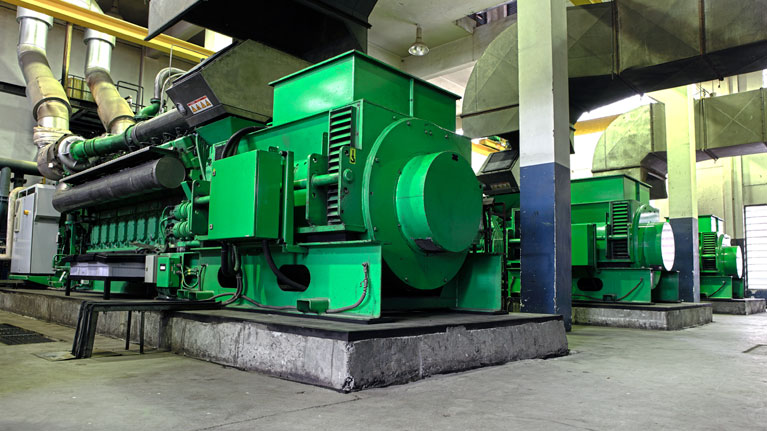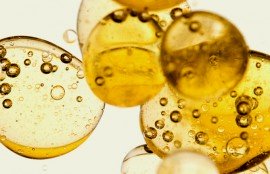
Gas engine oils should be formulated and selected based on the fuel that is going to be used (natural gas, biogas, etc.), the working conditions of the equipment and the different national legislations relating to emissions.
The demands placed on oils are continually increasing which makes it important to select a good oil base and additives.
When selecting the oil lubricant which is to be used in the gas engine it is recommendable to follow the manufacturer of the engine’s recommendations (OEM) along with the technical assistance of the lubricant supplier. Oil is a vital element of the gas engine, therefore it should be considered as another element of the machine, not as a disposable product.
Defects or failures which arise in these types of engines are easily identified therefore, by selecting of an oil analysis programme which focusses on detecting these possible problems, a large number of them can be detected prematurely and anticipated, or they can be made minimal if they cannot be avoided. An analysis programme in which not all necessary parameters are analysed will be detrimental to the engine as failures will not be identified in the early stages.
For this reason oil analysis is the best predictive-proactive maintenance tool from a cost-benefit point of view. Each engine should be individually assessed, as they all have different tendencies. Also, this helps to define the changing periods for lubricant and the early detection of faults.
Once the analysis programme is defined, with the set of tests focussed on detecting the majority of possible problems which may arise in a gas engine, the alert and danger limits should be established for each of the parameters.
Another of the big problems which exists nowadays is that there are certain tests, such as that of i-pH and Nitration, which have not been under an international regulation, or the existing one was not excessively representative of how the parameter in question was evolving. From this, a series of problems have originated regarding the interpretation of the results, both on the part of the laboratories and the users and manufacturers of the lubricant and engines. The results of the inter-laboratory studies (RRT) show that there is an incorrect interpretation of the results of these tests by a large number of the laboratories all over the world and the committees should analyse these situations to correct this type of situations.
With the introduction of new normalised methods for the determination of i-pH and Nitration it is now crucial that the OEMs reflect said regulations in their maintenance guides, as well as the supervision and danger values for said parameters. This way, the problems mentioned above which currently occur when different laboratories diagnose the gas engine oil samples are kept to a minimum.
A clear example is that of nitration. To carry out a correct analysis of the results regarding nitration measurement and all those which are carried out using the IR technique, an in-depth knowledge of the methods used is vital (base lines, types of calculation, etc.), as well as the OEM, which should be detailed in the criteria which have been used to define said limits.
Finally, oil samples should be sent with a determined frequency in order to establish the tendencies of each of the parameters. It is indispensable to define and carry out a sample-taking plan and immediate analysis of said plan. Lubricant oil is considered “the blood of the engine” and therefore, just like a periodic blood analysis, the analysis of engine oil provides key information regarding the diagnostic of the state of the patient: the engine.
- Proactive Information:
- Engine status: Content of wear metals, identification and evolution.
- Status of the oil: The evolution in the service of its main characteristics allow for its remaining life to be predicted as well as the identification of any external contamination.
- Reactive Information:
- The study of data obtained in a periodical sample-taking plan can help to determine the origin of a mechanical failure and/or predict a fault.
- On many occasions, an abrupt deviation in the habitual values and/or the detection of unusual metals or substances provide clues in order to identify the origin of a contamination or changes in the working environment of the engine.
Lubrication Management recommends analysing oil in equipment using its analysis to keep the engines in the best working conditions.












